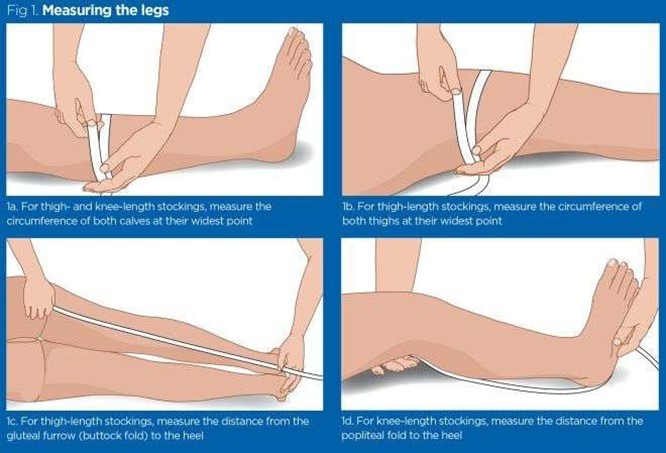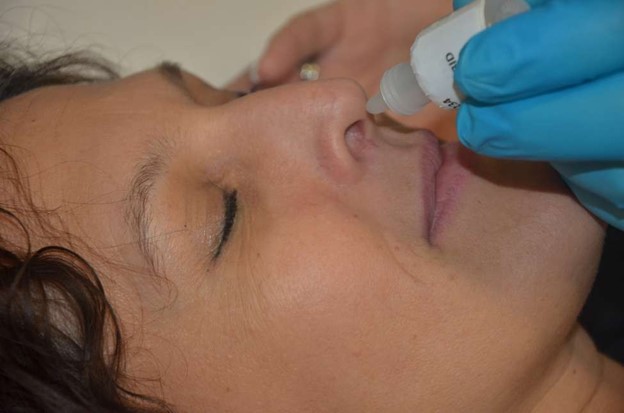A nurse is assessing a client who is receiving heparin therapy for deep-vein thrombosis.
Which of the following findings should indicate to the nurse that the therapy is effective?
Platelets within the expected reference range.
Decreased INR.
Presence of pedal pulses bilaterally.
Reduced calf circumference.
The Correct Answer is D

Heparin therapy is used to prevent thrombus propagation and distal embolization while allowing the endogenous fibrinolytic system to dissolve existing clots in deep-vein thrombosis (DVT)1.
A reduction in calf circumference may indicate that the clot is dissolving and the therapy is effective.
Choice A is wrong because platelets within the expected reference range do not necessarily indicate that heparin therapy for DVT is effective.
Choice B is wrong because INR (International Normalized Ratio) is used to monitor warfarin therapy, not heparin therapy.
Choice C is wrong because the presence of pedal pulses bilaterally does not necessarily indicate that heparin therapy for DVT is effective.
Nursing Test Bank
Naxlex Comprehensive Predictor Exams
Related Questions
Correct Answer is B
Explanation
Warfarin is an oral anticoagulant medication and is not administered subcutaneously.
The nurse should clarify this prescription with the provider before administering it.
Choice A is wrong because tetracycline can be prescribed in doses of 1 g orally every 6 hours.
Choice C is wrong because Penicillin G can be prescribed in doses of 5,000,000 units intramuscularly every 4 hours.
Choice D is wrong because Zoledronate can be prescribed as a single intravenous dose of 5 mg.
Correct Answer is A
Explanation
Nasal cyanocobalamin is a form of vitamin B12 that is used to treat pernicious anemia.

It is typically administered once per week into one nostril.
Choice B is wrong because there is no need to lie down for 1 hour after administering the medication.
Choice C is wrong because using a nasal decongestant before administering the medication is not necessary and may interfere with the absorption of the medication.
Choice D is wrong because the duration of treatment with nasal cyanocobalamin varies and should be determined by the provider based on the client’s individual needs.
Whether you are a student looking to ace your exams or a practicing nurse seeking to enhance your expertise , our nursing education contents will empower you with the confidence and competence to make a difference in the lives of patients and become a respected leader in the healthcare field.
Visit Naxlex, invest in your future and unlock endless possibilities with our unparalleled nursing education contents today
Report Wrong Answer on the Current Question
Do you disagree with the answer? If yes, what is your expected answer? Explain.
Kindly be descriptive with the issue you are facing.
